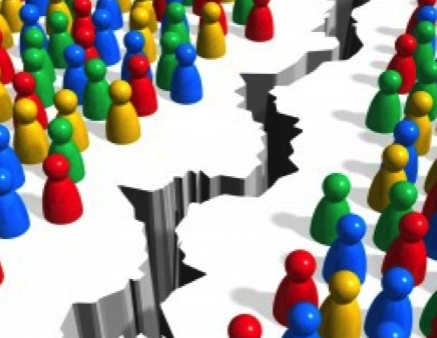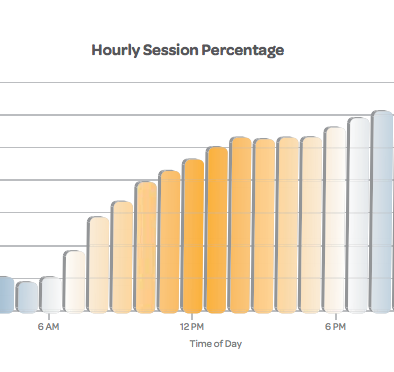The Republican National Convention saw sharply dropping numbers in TV viewership – but online and social network participation numbers are up. Tweets from both conventions numbered 13.5 million, up from just 365,000 four years ago. Is the political conversation migrating from traditional media to the internet?
TV Audience Down
Nielsen estimated that just over 30 million viewers watched the RNC during Mitt Romney’s acceptance speech – a 23% drop from the same night four years ago, when 39 million viewers watched John McCain’s speech. And only 22 million watched Romney’s running mate, Paul Ryan, give his acceptance speech, vs. Sarah Palin’s audience of 37 million in 2008.
Granted, the 2008 election featured new and exciting elements, including Obama as the first African-American presidential nominee and Palin as a rising Republican superstar. But 2012 still has many viewers – it’s just that more and more Americans are watching online and via social networks at their own convenience, rather than relying on a specific TV broadcast.
Social Media Audience Up
The Republican National Convention’s YouTube channel received 2.8 million video views, and online engagement around the convention was also available on the websites and Facebook pages of several TV and print news organizations. The GOP convention was “one of the most talked about news events of the year on Facebook,” (Associated Press) according to data analysis from Facebook.
But it’s Twitter that has entered the political conversation in a big way. In 2008, the micro-blogging network drew only 365,000 tweets between the two conventions; this year, the Republican convention alone drew 4 million tweets, the Democratic convention a whopping 9.5 million.
Twitter Buzz
To date, Obama’s speech at the Democratic National Convention was the most tweeted US political event in 2012, with over 52,000 tweets per minute, followed by Michelle Obama’s speech, which peaked at 28,000 tweets per minute. Romney’s acceptance speech saw half that number, peaking at 14,300 tweets per minute.
Twitter also saw significant buzz with President Obama’s cheeky reply to Clint Eastwood’s speech to an empty chair; Obama’s “this seat’s taken” tweet (with photo) ended up being the most re-tweeted item of the entire GOP convention.
[tweet https://twitter.com/BarackObama/status/241392153148915712]
Audience Demographics
Demographics also plays a big role in political viewership. The Republican convention drew a significantly older audience on TV: out of 22 million who watched Ann Romney speak, Nielsen reported that nearly 15 million were 55 or older. Just 1.5 million viewers were ages 18-34 (Associated Press).
On Facebook the average audience (more surprisingly) was again older for the Republican convention, with the speeches by Mitt Romney, Ann Romney and actor Clinton Eastwood drawing the most buzz among people over 55. However, Paul Ryan’s speech drew out discussions among a younger demographic on Facebook. And many younger voters are now getting their political news through online and social media channels.
Television may still be the dominant force in political communication, but the role of online video and social networking is rapidly growing. According to Adam Sharp, Twitter’s director of government and news, “You are no longer tethered to that screen in your living room or anywhere else — you can actively participate in these events while you’re in line at the supermarket or waiting for the bus. It’s incredibly transforming and freeing.”
How did you watch or follow the 2012 political conventions?


